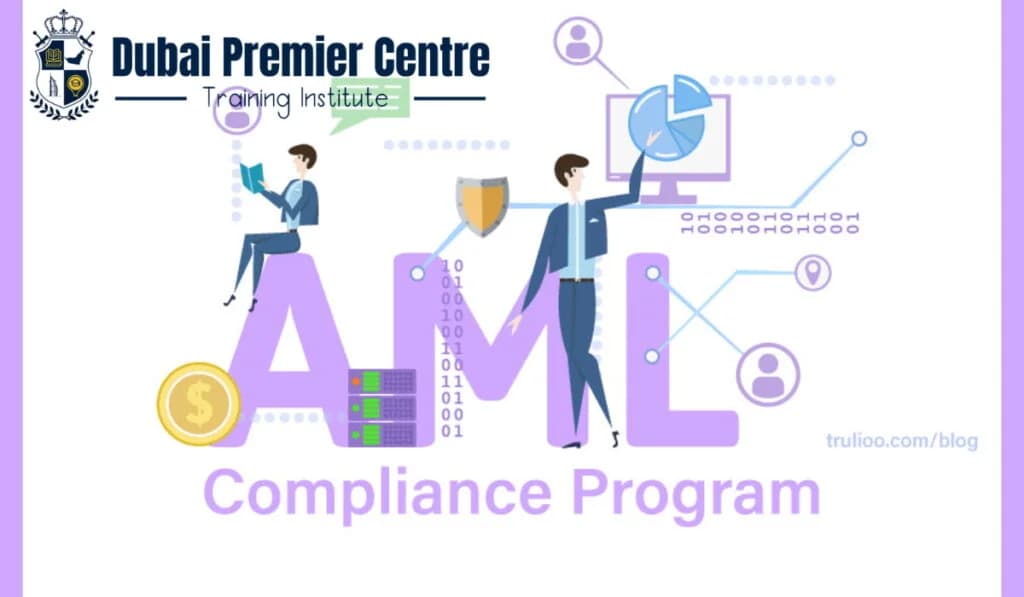What is the history of anti-money laundering (AML)?

The practice of making funds obtained unlawfully seem legitimate is known as money laundering. Three steps are usually involved: integration, layering, and placement. The illegal money is first surreptitiously incorporated into the legal financial system. The funds are then transferred, sometimes by wiring or transferring through multiple accounts, to confuse. Ultimately, more transactions are made to incorporate it into the financial system until the "dirty money" seems "clean." Worldwide markets experience economic effects due to money laundering, which allows such criminal actions as terrorism operations and drug trafficking.
The Financial Crimes Enforcement Network believes its role as Bank Secrecy Act administrator safeguards financial systems from multiple illegal operations like money laundering and terrorist financing, and other financial crimes.
What is AML?
Under the anti-money laundering system, which includes worldwide legal mechanisms and operational standards, the primary objective remains determining legitimate income that criminals disguise as cash. For ages, governments alongside law enforcement agencies have worked toward finding money used to fund criminal activities. The present dynamics of the world stem exclusively from anti-money laundering (AML) regulatory structures. Money laundering describes the illegal process of concealing the origin of funds derived from tax evasion, together with drug trafficking, human trafficking, and public corruption. The unlawful movement of funds between entities to terrorist groups is also included in these regulations. Modern anti-money laundering legislation affects organizations in financial sectors worldwide, together with governmental bodies and individual citizens.
History of AML
Official legislation for anti-money laundering (AML) regulations began formation during the middle of the 20th century despite years of efforts to control these practices. AML regulations did not exist during the period when financial crime penalties came from broad fraud and tax evasion laws because these laws lacked adequate capabilities to address sophisticated money laundering operations. Authorities realized the necessity to track down and stop the flow of illegal funds as global financial networks and organized crime evolved, particularly those that were incorporated into legitimate economies through intricate banking systems.
The birth of modern AML laws: 1970s
The Bank Secrecy Act became an initial landmark in modern AML regulations when it went into effect in the United States in 1970. The US Treasury receives automatic notification when significant cash transactions exceeding $10,000 occur because financial institutions must follow recordkeeping and reporting demands from the BSA. This legislative bill provided police agencies with legal evidence to investigate and prosecute felonies belonging to criminal organizations and international offshore finance accounts. Through its establishment, the BSA created foundational components that evolved into later versions of Know Your Customer (KYC) protocols and customer identification procedures.
Expansion and criminalization: 1980s–1990s
During the 1980s and 1990s, AML initiatives developed rapidly while receiving official criminalization as a result of rising organized crime and drug trafficking patterns. The Money Laundering Control Act of 1986 was enacted by the US, which established required financial transaction reporting for amounts exceeding $10,000 while defining money laundering as a federal offense for the first time. Under this law, the authorities gained the ability to seize assets that they believe have links to illegal conduct even when no criminal convictions exist.
The 1988 Anti-Drug Abuse Act added substantial restrictions to AML standards through cash identification protocols while incorporating real estate firms and auto dealers into financial institution mandates. The 1990s Annunzio-Wylie Act established Suspicious Activity Reports (SARs) that made banks file reports about suspicious deals while expanding money laundering penalties.
Globalization and international coordination: Late 20th century
National AML measures evolved to international coordination during the latter half of the twentieth century due to rising financial crime occurrences. National legislation proved inadequate to combat escalating organized crime activities, combined with transnational drug trafficking, which required international standards for collaboration.
- The Financial Action Task Force (FATF) emerged when the seven nations of the G7 coalition founded it in 1989. The FATF exists to generate worldwide standards for preventing money laundering as well as to advance its development. The document included "The 40 Recommendations," which specified international standards for AML procedures across the world by detailing client identification protocols and suspicious transaction reporting, together with processes for international police collaboration
- The European Union sent its initial Anti-Money Laundering Directive to member nations during 1991 when they required standardized anti-money laundering legal frameworks. Both the World Bank and the International Monetary Fund, together with the United Nations Office on Drugs and Crime, enhanced anti-money laundering initiatives through programs that offered technical assistance and best practice consultation and regulatory monitoring.
- The mid-1990s brought a new phase of AML regulation, which targeted all major crimes, going beyond drug offenses, because authorities wanted to fight organized criminal networks and money meant for terrorism. The global coordination among financial institutions received further reinforcement when numerous nations established Financial Intelligence Units (FIUs), which then formed the Egmont Group in 1995 for FIUs to share information.
Post-9/11 and the fight against terrorist financing: 2000s
After the terrorist events of September 11, 2001, combating terrorist finance emerged as a key component of both international and American counterterrorism initiatives.
- The attacks showed terrorists using financial methods to move money discreetly within the global system. The USA PATRIOT Act aimed to enhance AML and CTF regulations to prevent terrorist financing through stricter customer verification and reporting rules
- The FATF formulated nine new terrorist financing rules as UN Resolution 1373 required member states to block terrorist funds while stopping all financial support.
- The US Treasury established the Office of Terrorism and Financial Intelligence to lead efforts that would discover and break down financial structures that finance terrorism. The Policy Coordinating Committee and Counterterrorism Security Group became established tools for government operation coordination
- By acknowledging that preventing terrorist finance is crucial to undermining terrorist activities, these actions represented a paradigm change. Post-9/11, a global AML/CFT regime aimed to reduce vulnerabilities, enhance transparency, and fortify international collaboration against financial misuse
Modern era: Digital finance and evolving threats
Digital transformation at a rapid pace stands as the fundamental characteristic of contemporary anti-money laundering practice because it introduces both helpful and significant challenges to financial crime prevention. But these same characteristics, particularly the secrecy and global reach of digital transactions, have also produced new weaknesses that criminals take advantage of to finance terrorism and launder money.
Because of the fragmented regulatory environment they operate in, digital payment providers are vulnerable to "regulatory arbitrage," in which criminals take advantage of legal loopholes. AML operations are made more difficult by high volume, quick transactions, the rise of tech-savvy "money mules," and the intricacy of cryptocurrency-related payments. Technical progress fails to eliminate several major hurdles, namely differences between countries in AML laws, along with restricted data access and the speed at which criminal tactics merge money laundering and cybercriminal activities.
In order to reduce new dangers, regulators throughout the world are stepping up their monitoring of fintech and digital banking companies, requiring thorough control of third-party relationships, improved due diligence, and strong risk assessments. Financial institutions are better equipped to handle these changing dangers if they can successfully combine cutting-edge technologies with complex compliance systems.
Significance of AML in the future
Anti-money laundering (AML) will be important in the future because of its developing function as a vital safeguard against increasingly complex financial crimes in the face of swift geopolitical and technical development. AML initiatives must adjust to these challenges with creative and proactive measures as criminals use digital currencies, internet platforms, and sophisticated technologies to take advantage of the financial system. Cloud computing, big data analytics, and artificial intelligence (AI) integration are important future technologies that together improve detection accuracy, lower false positives, and expedite compliance procedures.
Dubai Premier Center Training institute offers expert-led Anti-Money Laundering (AML) training programs, covering regulatory compliance, risk mitigation and many more.
Read Related Articles





